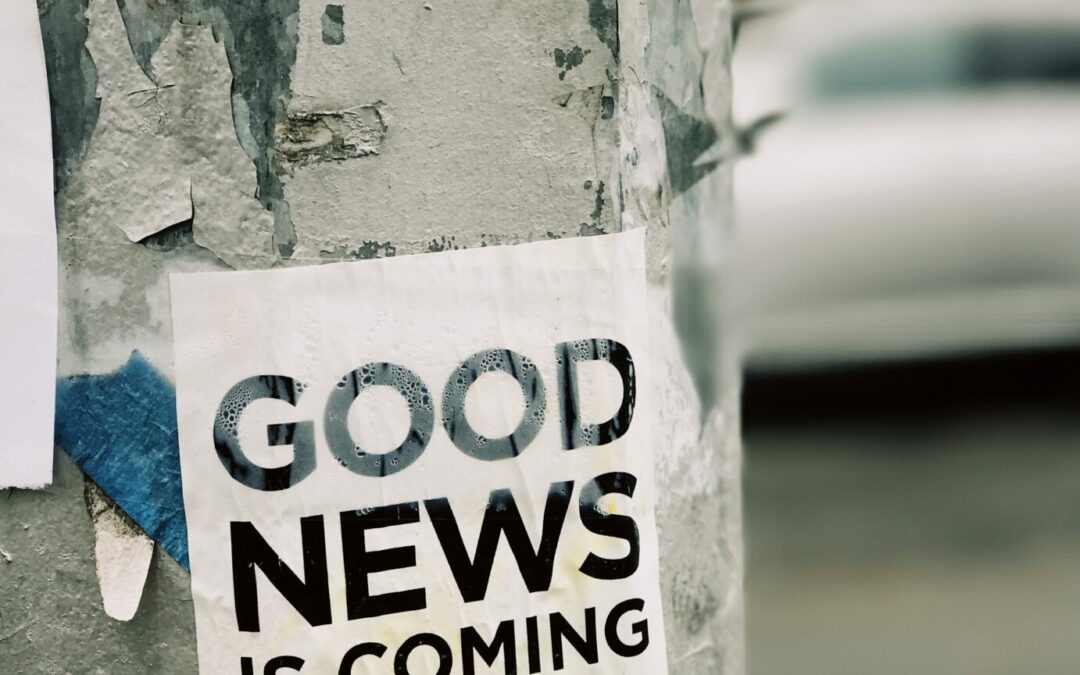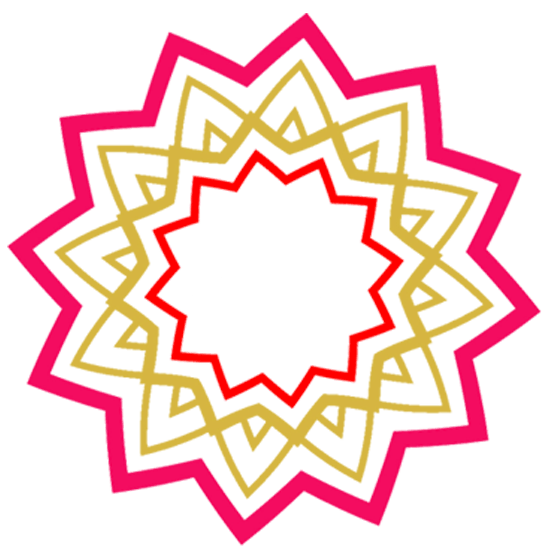How to write email newsletters that people read is the holy grail for businesses.
You all know that you shouldn’t ever blast your list. It’s a foundational email marketing violation. Others include using the greeting “Hi friend,” not segmenting your list, as well as pushing content.
However, ironically, this is precisely what makes up an email newsletter. And those methods mentioned above all seem to be currently working for a lot of businesses.

So how do you write email newsletters people read?
Here are some ways you can guarantee that people, and when I say people, I mean your audience, will want to open your newsletter.
How To Write Email Newsletters People Read
*Make your email newsletter super niche
The right way to make your email super niche is to focus exclusively on the people who make up your audience. Then deliver them content only they would appreciate.
I cannot emphasize this enough. You don’t want everyone to read your newsletter. You want the right people to read your newsletter. And when I say the right people, I mean those who will be engaged and connected to your product or service.
When you have a non-specific audience, you don’t even have to segment your list. Because they all crave the same material from you.
*Make sure your content is good
This may seem like a really obvious thing to say. But you would be surprised by the amount of complete and utter crap that people send out in the newsletters! When I use the word ‘crap,’ I don’t mean if they happen to be using personal stories – this is a great way to connect with your audience. And give your business, your product, or service a personality.
What I mean is a lot of people use the term curating. However, curating is all about handpicking content. It is not just about slapping any old thing you see into your newsletter.
The definition of curating is to be discerning. It’s all about being methodical about your choices And being careful as well as thoughtful about what you are putting into that content.
And above all, think about the needs and wants of your audience. For example, if I recommend a book in my weekly newsletter, then I’ve read it. I’m not going to recommend you read something uninteresting.
I don’t just recommend any old s**t! I want to give my audience something that they care about because I care about it. However, to be able to do this properly, you need to really understand your audience. And the only way you can do that is if you’ve done research on who they are. (Here we are, back to your brand messaging and understanding who your three core audience avatars are!)
If you’re wondering how you are supposed to know what people care about, then I would go back to the drawing board and do some deep research into who you’re serving.
*Context and personality are vital
Roundups and blasts will work for you if you are using content in the proper context. And you are creating your writing with personality.
What is your audience looking for? They want to feel like you’re writing directly for them – you are communicating and connecting with them through your writing.
*Let the visuals support the content
People like to look at pretty things. And while you don’t have to panic if you didn’t get an A in art, having a visually appealing newsletter will really help your readers engage.
A wall of text can be offputting. Your design should serve your content and showcase your content. But it’s not supposed to be the star. Whoever said, “look at how well-formatted this newsletter is!” Instead, your reader should be saying, “wow, I LOVE reading this newsletter!”
It’s true, your newsletter isn’t necessarily the most convenient tool for getting information about your business or service to your customer or client. However, a newsletter DOES enable you to communicate with them. And build a relationship.
Steps To Follow To Make Sure Your Email Blast Newsletter Is Effective For You
*Make sure you don’t throw loads of offers at people.
*Speak normally to your audience like they’re a person.
*Don’t be frightened to be divisive. But do it in the right way. Your audience should be saying to themselves, “this is for people like me,” not ‘this isn’t for people like me.”
Conclusion
Keep doing what works and scratch what doesn’t. Writing a newsletter that people actually want to read is not rocket science. But to make sure it works, you need to show your audience you really care about what you are sending them.
You need to put some effort in. And let’s be real. Your readers will always know if you’re pretending. People are way too savvy these days not to notice when someone is being fake.
If you like this blog post, then check out my blog post on your how to guide on using calls to action in your blog posts.



Recent Comments